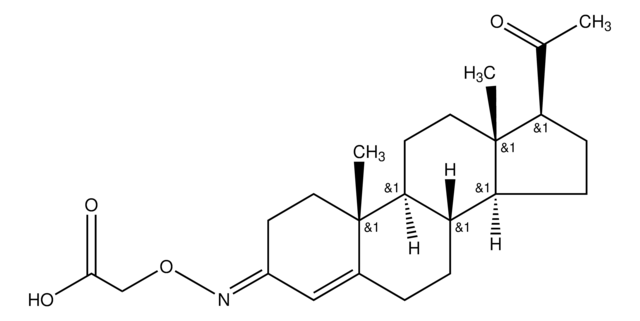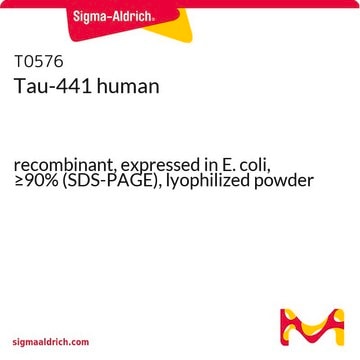P1922
Monoclonal Anti-Progesterone antibody produced in rat
clone 2H4, tissue culture supernatant
About This Item
Recommended Products
biological source
rat
conjugate
unconjugated
antibody form
tissue culture supernatant
antibody product type
primary antibodies
clone
2H4, monoclonal
technique(s)
indirect ELISA: 1:1000 - 1:2000 (using Progesterone-BSA for coating.)
radioimmunoassay: suitable
isotype
IgG1
shipped in
dry ice
storage temp.
−20°C
target post-translational modification
unmodified
Related Categories
General description
Immunogen
Application
Analysis Note
Disclaimer
Not finding the right product?
Try our Product Selector Tool.
Storage Class
10 - Combustible liquids
wgk_germany
nwg
flash_point_f
Not applicable
flash_point_c
Not applicable
Certificates of Analysis (COA)
Search for Certificates of Analysis (COA) by entering the products Lot/Batch Number. Lot and Batch Numbers can be found on a product’s label following the words ‘Lot’ or ‘Batch’.
Already Own This Product?
Find documentation for the products that you have recently purchased in the Document Library.
Our team of scientists has experience in all areas of research including Life Science, Material Science, Chemical Synthesis, Chromatography, Analytical and many others.
Contact Technical Service








